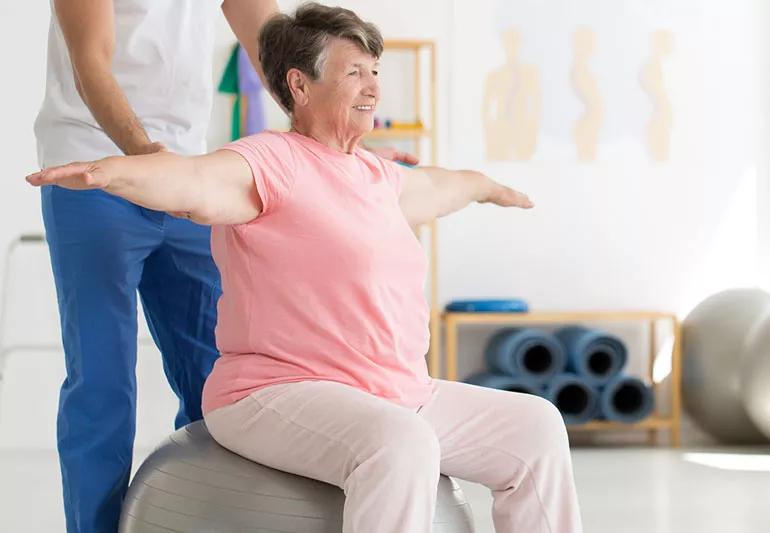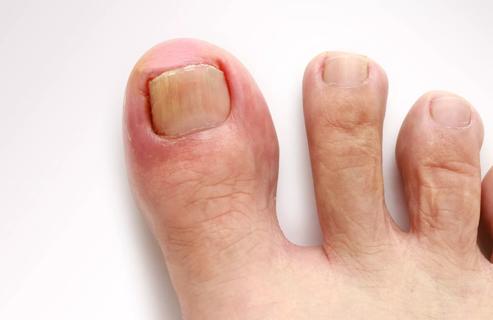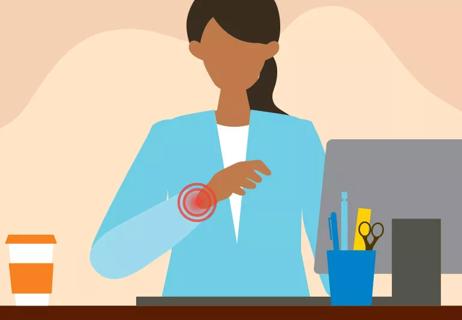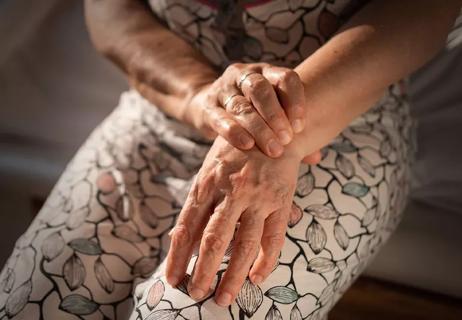Advertisement
Not just for injuries and accidents

Physical therapy might not be your first thought when it comes to nagging back pain, pesky headaches or even helping to control diabetes. But maybe it should be. Physical therapy (or PT as it’s commonly called) isn’t just for severe pain or after an accident or injury. PT encourages movement across all healthcare practices, from a fall to joint replacement to chronic shoulder pain. PT can be used to improve your ability to enjoy the activities that you love to do.
Advertisement
Cleveland Clinic is a non-profit academic medical center. Advertising on our site helps support our mission. We do not endorse non-Cleveland Clinic products or services. Policy
Here physical therapists Mary Stilphen, PT, DPT, and Christine Schulte, PT, MBA, share five things that PT can help you manage:
Advertisement
Learn more about our editorial process.
Advertisement

Footwear that offers cushioning plus heel and arch support can help you relieve and manage symptoms

Over-the-counter pain medications, typing pads and wrist braces can help when you’re in a wrist pinch

Pain meds, toenail protectors and petrolatum jelly may spare you a trip to a podiatrist

An ice bath can ease sore muscles and decrease inflammation after a workout

Wrist flexor and extensor stretches are the best stretches for wrist pain

Simple exercises like tendon glides and finger lifts can have a big impact

They can last 10 to 15 years, but factors like age and activity level can impact their longevity

It’s a normal, common occurrence, but popping with pain or swelling may be a sign of an injury

Focus on your body’s metabolic set point by eating healthy foods, making exercise a part of your routine and reducing stress

PFAS chemicals may make life easier — but they aren’t always so easy on the human body

While there’s little risk in trying this hair care treatment, there isn’t much science to back up the claims